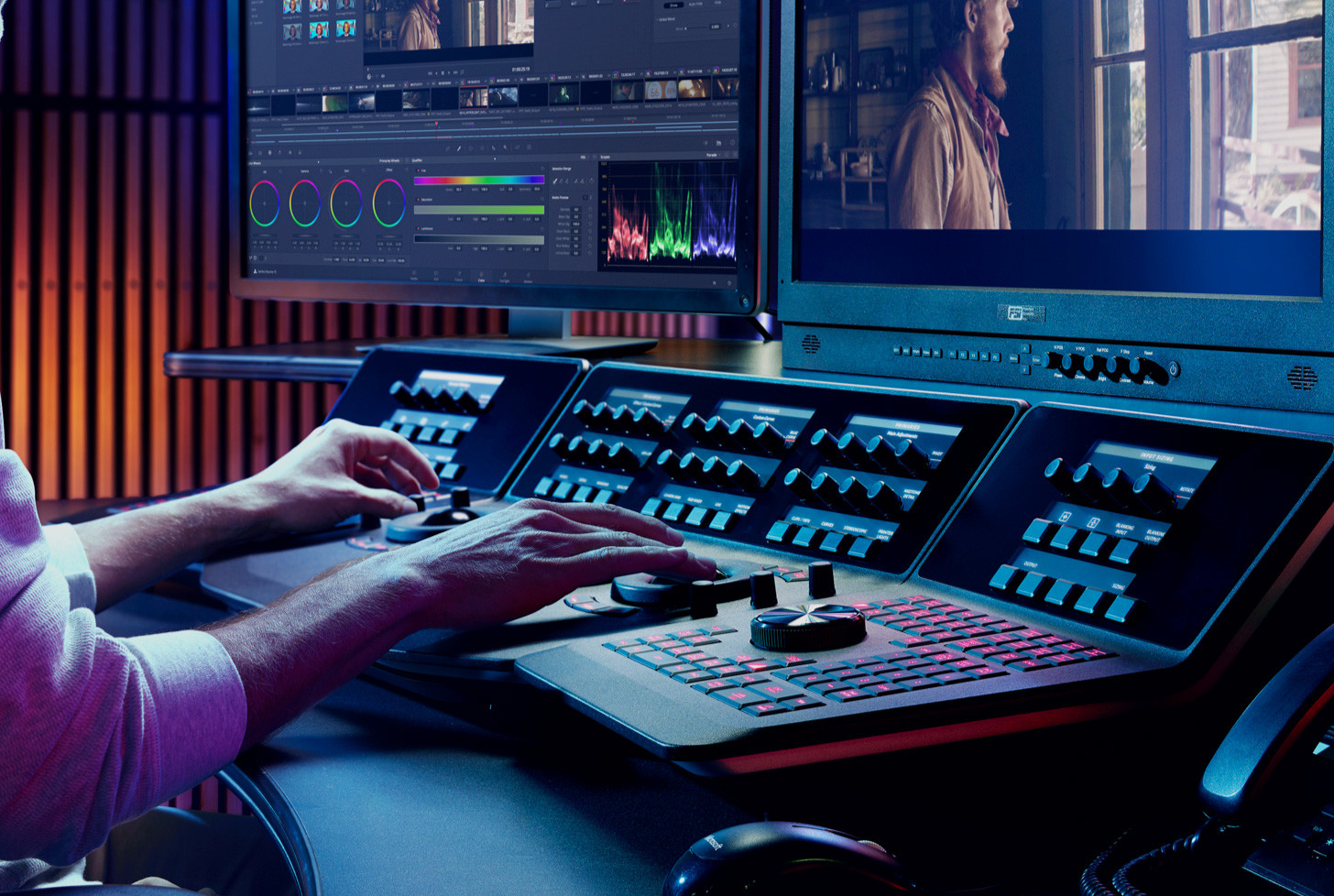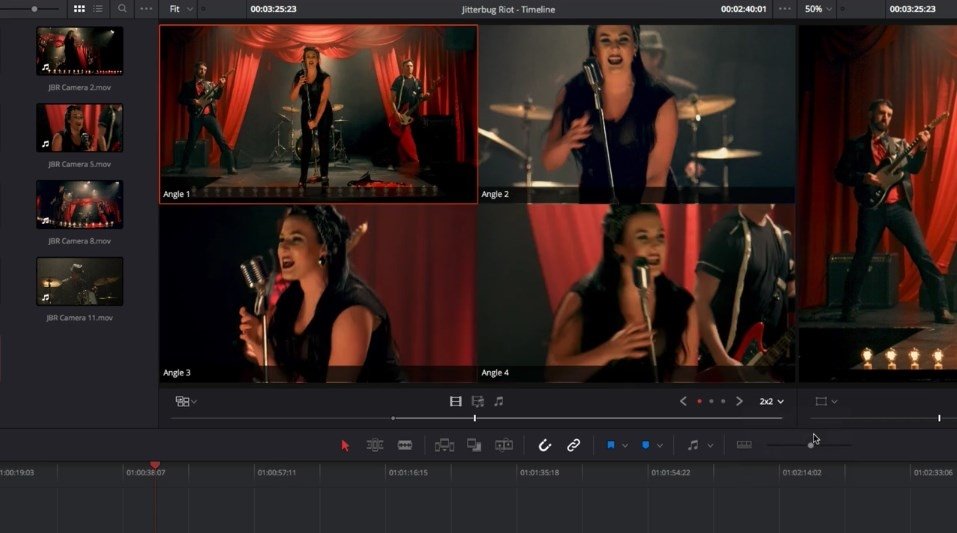


It is recommended to use a reliable audio repair tool to fix any issues with the file before attempting to import it into Resolve.
Corrupted or Damaged Files: If your MP3 file is corrupted or damaged, DaVinci Resolve may have difficulty importing it. Ensure your MP3 file has a sample rate within the supported range, typically 44.1kHz or 48kHz. If your MP3 file has a sample rate not supported by DaVinci Resolve, it may result in import problems. Unsupported Sample Rates: It has specific requirements for sample rates. If you have an MP3 file with a VBR, commonly generated by smartphones or online recording tools such as OBS Studio, you may experience import failures or playback issues in Resolve. Constant Bit Rate Requirement: DaVinci Resolve requires MP3 files to have a CBR for smooth importing and playback. We have covered some of the main points below to guide users better: There can be several reasons why DaVinci Resolve might encounter difficulties when importing MP3 files. While DaVinci Resolve can handle VBR MP3 files to some extent, using constant bit-rate MP3 files ensures better compatibility and smoother processing within the software. 
This contrasts variable bit rate (VBR) MP3 files, where the bit rate can vary throughout the audio. However, it’s good to remember that DaVinci Resolve works better with MP3 files that have a consistent bit rate.Ī constant bit rate means the audio data is encoded consistently throughout the file. Just like WAV files, you can easily add an MP3 file to the timeline in DaVinci Resolve by dragging and dropping it.
#DAVINCI RESOLVE WONT OPEN SOFTWARE#
You can easily import an MP3 audio file into the software and use it in video projects. Converting MP3 Files to Different Formats (AAC, MP4, MOV) Using FFMPEGĭaVinci Resolve does support the MP3 file format. Converting Variable Bit Rate to Constant Bit Rate Insert the Correct MP3 File into a Desired Audio Track 6 Ways to Fix MP3 Importing Issue in DaVinci Resolve.







 0 kommentar(er)
0 kommentar(er)
